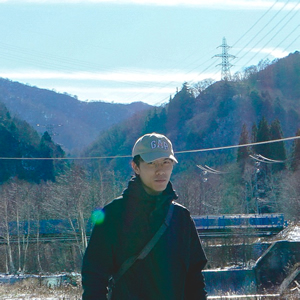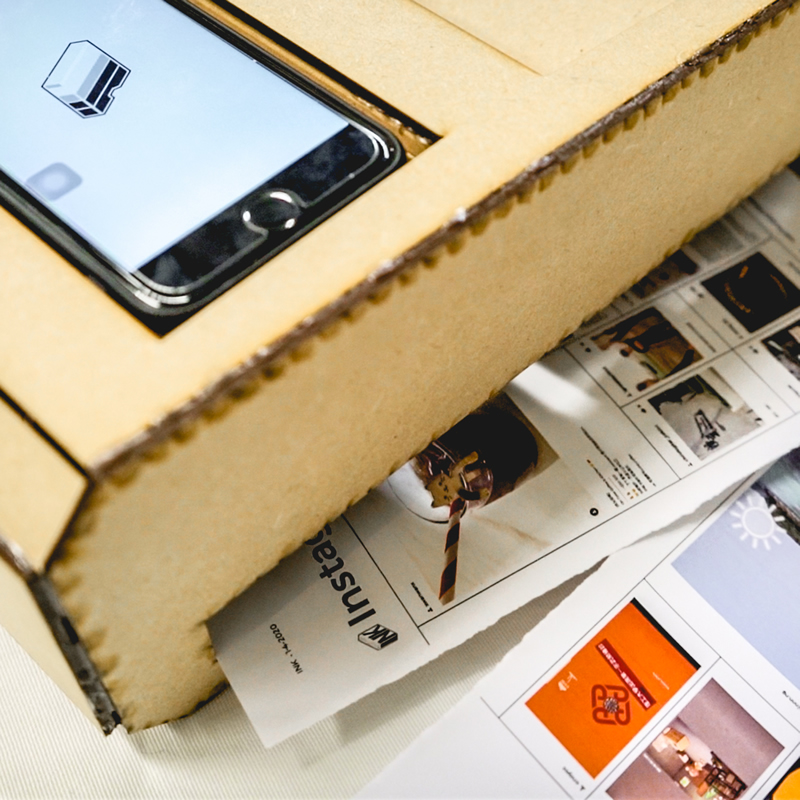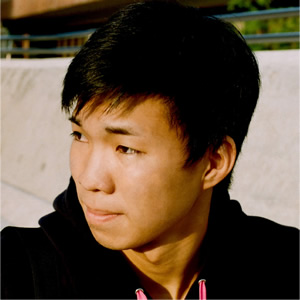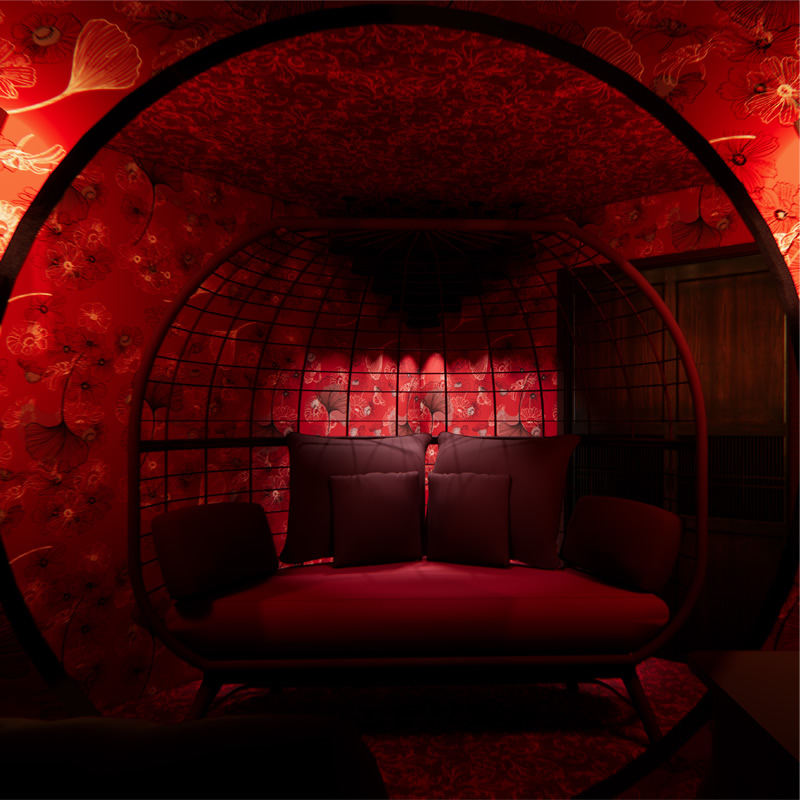Our project includes a mobile application and an interactive device. The mobile application measures the social media addiction level of users, and then provide a relative social media usage quota based on the addiction level. For the quota, we call it "INK". The smart devices are used to shift users' attention from their mobile phones to other activities that they are interested in. The goal of our project is to help them accustomed to staying away from using smartphones.Why do we use “INK” to be our design metaphor?Because we think that the behaviour of scrolling smartphones is like printing. The content on social media is generated like paper printed out from a printer. Daily social media usage quota will be provided to users according to users’ conditions as ‘ink”. The contents on social media are like to be printed out by printers. So when the ink has run out, the content is hardly visible, like printed with a low ink printer.
This project aims to introduce an immersive design to elevators through cinematographical elevators. Elevators nowadays have been treated as a confined isolator, its sole purpose is merely transitional. At the same time, the complex demands of urban living make it increasingly imperative to apply a sophisticated approach to the behavioural aspects of the passenger experience. There is a need to balance the design and vertical transportation systems with improvements for people that fundamentally change behaviour to lower anxiety, increase convenience and improve efficiency. The goal should be to provide a natural interaction with the passengers and the elevator itself for a safe, secured, efficient, convenient and personalized experience. And to achieve this goal, movie elevators are the tools for me to revitalize the experience as it is often magnified in movies through different techniques. By applying reverse engineering, experience in movie scenes could be brought to the reality and the experience could be enhanced.



